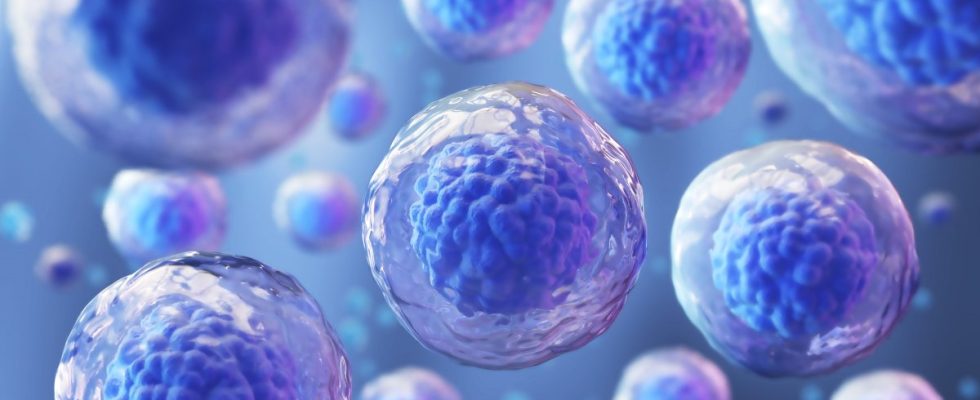25 years ago, in 1998, researchers in Wisconsin succeeded in isolating the powerful stem cells from human embryos for the first time. This was a major breakthrough for medicine because these cells are the starting point for the human body and have the ability to transform into any other type of cell, be it heart cells, neurons or any other tissue. National Geographic later summarized the incredible new possibilities as follows: “The dream is to start a medical revolution.” Stem cells could repair diseased organs. The beginning of a new era, the Holy Grail – hardly a cliché was left out in the media.
Advertisement
But where is the technology today? The interim balance is sobering: there is still not a single stem cell-based treatment on the market. Our quest for answers to why it’s all taking so long began in June this year at the International Society for Stem Cell Research (ISSCR) annual meeting in a Boston auditorium. Hundreds of biologists and medical professionals were present. A song by Huey Lewis and the News: “I Want a New Drug” blared from the stage. Behind them, on the screen, were images of whimsical-looking cells.
During the meeting, MIT Technology Review had the opportunity to meet old acquaintances – some of them literally “old hands” for a long time, i.e. scientists who, after a quarter of a century of hard work, have worked their way up to university and institute heads or management positions as pharmaceutical consultants . What advances has this quarter century brought to stem cell research? What are the difficulties? Or is there something wrong with the much-vaunted technology? For most of the people we spoke to, the length of time came as no surprise. It could simply take that long for a really new biotechnology to be developed. That means: The first attempt at gene therapy in humans took place in 1980 instead, but It was not until 2012 that the first gene preparation was approved for sale in Europe. According to these standards, stem cell research is on the right track.
Difficult integration
Other researchers concede that integrating stem cell technology into medicine has proven surprisingly difficult. The basic challenge is that the cells are not like aspirin or some other drug that you can make by the ton. They are living things that can change, die, or even get out of control, giving rise to new diseases like cancer. In that sense, harvesting embryonic stem cells in 1998 was the easy part. The difficulty now is getting them to grow specialized cells – cells with specific functions needed to treat disease. “It takes a long time to come up with ideas like this, but it’s still the right idea,” commented Matthew Porteus, a Stanford University professor who was on the panel in Boston.
After all, there are signs that stem cell-based therapies are finally about to make a breakthrough. According to a 2023 survey, in the last four years almost 70 new tests on volunteers carried out – a tripling of the previous pace. The most advanced of these early human trials is being conducted by Vertex Pharmaceuticals, which announced in June that two diabetic patients who received injections of laboratory-made pancreatic cells no longer need insulin. Tests with artificial cells to treat blindness or epilepsy are also showing initial results that indicate that transplanted cells can help. Some things are on the verge of a breakthrough, agrees Haifan Lin, Professor at Harvard University and outgoing President of the ISSCR. “I wouldn’t call it a delay because stem cells really are the most complicated of all cells.”

